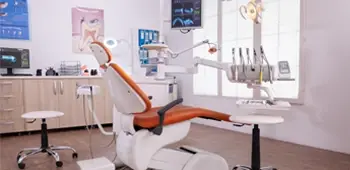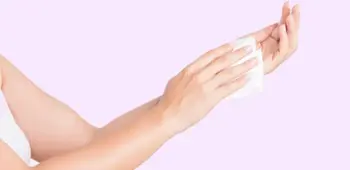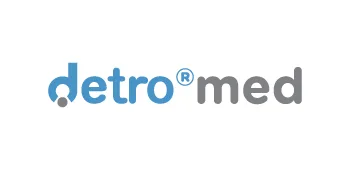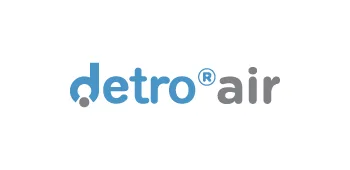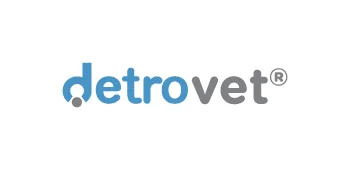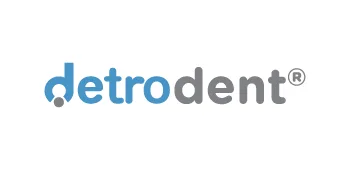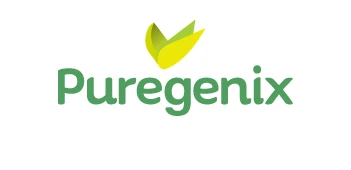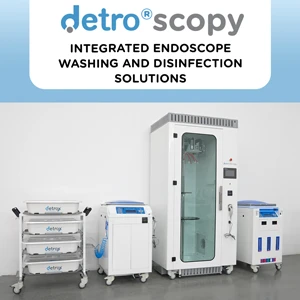Disinfectant An Important Tool in the Fight Against Diseases
Disinfectants are chemical substances used to kill or inactivate microorganisms found on surfaces. They can be effective against various microorganisms such as bacteria, viruses, fungi and protozoa. They play an important role in maintaining hygiene and preventing infections.
Types of Disinfectants
Different types of disinfectants are available and each has its own advantages and disadvantages. The most commonly used types of disinfectants are:
- Alcohol-based disinfectants: Ethyl alcohol and isopropyl alcohol are the most commonly used alcohol-based disinfectants. They are highly effective against bacteria, viruses and fungi.
- Chlorine-based disinfectants: Sodium hypochlorite is the most widely used chlorine-based disinfectant. It is highly effective against bacteria, viruses and fungi. However, it can damage metal surfaces and cause odour.
- Ammonia-based disinfectants: Ammonia is effective against viruses and some bacteria. However, it has a strong odour and can cause respiratory problems.
- Quaternary ammonium compounds (QACs): QACs are effective against bacteria and fungi. They are less effective against viruses.
- High level disinfectants: Glutaraldehyde, Orthophthalaldehyde, Hydrogen peroxide, peracetic acid containing disinfectants. Depending on the type of active substance used, it is highly effective against bactericidal, fungicidal, virucidal, tuberculocidal, sporicidal in the required contact time.
Usage Areas of Disinfectants
Disinfectants are used in a variety of environments such as hospitals, clinics, homes, offices, schools, nurseries, food processing plants and public transport.
- Hospitals: Disinfectants are used in operating rooms, patient rooms, medical equipment, and by staff to disinfect hands.
- Households: Disinfectants are used to disinfect kitchens, bathrooms, floors and other surfaces.
- Offices: Disinfectants are used to disinfect desks, keyboards, telephones and other common areas.
- Schools: Disinfectants are used to disinfect desks, playgrounds and other common areas.
- In nurseries: Disinfectants are used to disinfect toys, baby care equipment and other surfaces.
- In food processing plants: Disinfectants are used to disinfect equipment, work surfaces and other food contact surfaces.
- In public transport: Disinfectants are used to disinfect seats, grab bars and other surfaces.
Things to Consider When Using Disinfectant
When using disinfectants, it is important to pay attention to the following points:
- Read and follow the instructions carefully: Each disinfectant has its own instructions. Read and follow the instructions carefully before using the disinfectant.
- Choose the right product: The disinfectant you use should be suitable for the type of microorganism you want to disinfect.
- Use an adequate amount: Use enough disinfectant to completely cover surfaces.
- Clean and dry: Clean and dry the surface before applying the disinfectant.
- Provide ventilation: Make sure the environment is ventilated when using disinfectants.
- Avoid skin contact: Avoid skin contact with disinfectants. If skin contact occurs, wash with plenty of soap and water.
- Avoid eye contact: Avoid contact of disinfectants with eyes. If contact with eyes occurs, rinse with plenty of water and seek medical attention immediately.
- Keep out of the reach of children: Keep disinfectants out of the reach of children.
Disinfectants and Public Health
Disinfectants play an important role in protecting public health. They help to improve overall health by preventing the spread of infections and controlling diseases.
Public Health Benefits of Disinfectants:
- Prevents Infectious Diseases: Disinfectants prevent the spread of infectious diseases by killing microorganisms such as bacteria, viruses and fungi. This reduces the risk of diseases such as diarrhoea, pneumonia, meningitis and hepatitis.
- Protects Baby and Child Health: Babies and children are more vulnerable to infections. Disinfectants can be used in homes, nurseries and schools to reduce the risk of infections in babies and children.
- Ensures Food Safety: Disinfectants can be used in food processing facilities and kitchens to prevent food from becoming contaminated. This reduces the risk of food poisoning and other foodborne illnesses.
- Increases Safety in Workplaces: Disinfectants can prevent the spread of infections in workplaces by being used in offices, factories and other workplaces. This can reduce labour diseases and work accidents.
Correct Use of Disinfectants
It is important that disinfectants are used correctly in order to provide public health benefits. The following points should be considered when using disinfectants:
- Choose the right product: Choose a disinfectant suitable for the type of microorganism and surface you want to disinfect.
- Read and follow the instructions carefully: Each disinfectant has its own instructions. Read and follow the instructions carefully before using the disinfectant.
- Use an adequate amount: Use enough disinfectant to completely cover surfaces.
- Clean and dry: Clean and dry the surface before applying the disinfectant.
- Provide ventilation: Make sure the environment is ventilated when using disinfectants.
- Avoid skin contact: Avoid skin contact with surface disinfectants. If skin contact occurs, wash with plenty of soap and water.
- Avoid eye contact: Avoid contact of disinfectants with eyes. If contact with eyes occurs, rinse with plenty of water and seek medical attention immediately.
- Keep out of the reach of children: Keep disinfectants out of the reach of children.
Disinfectants are an important tool in protecting public health. When used correctly, they can prevent the spread of infectious diseases, protect baby and child health, ensure food safety and improve safety in the workplace.
Additional Information:
- For more information on World Health Organisation (WHO) disinfectants, please visit https://www.who.int/teams/integrated-health-services/infection-prevention-control
- For more information on disinfectants from the Ministry of Health of the Republic of Turkey, please visit https://www.saglik.gov.tr/




